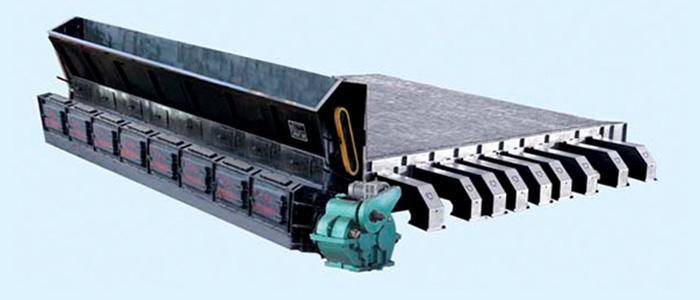
YONGNING
NEWS CENTER
Explanation of the working principle of the grate
Release Time:
Aug 06,2024
The grate, as an important combustion device, is widely used in industrial production and energy production fields. Its working principle involves generating heat from the combustion of fuel, which heats water to produce steam, thereby driving generators or providing the thermal energy required for industrial production. This article will detail the working principle and characteristics of the grate.
1. Basic Composition of the Grate:
The grate mainly consists of the furnace body, furnace door, combustion chamber, burner, and grate itself. The grate is the main site for fuel combustion, releasing a large amount of heat through the combustion of fuel on the grate. The furnace body is responsible for accommodating the combustion process and maintaining the stability of combustion.
2. Working Principle of the Grate:
The working principle of the grate can be summarized in the following steps:
Fuel Feeding: Fuel (such as coal, biomass pellets, etc.) is fed onto the grate, preparing for combustion.
Combustion Process: Air from the combustion chamber is sent into the grate through the burner, reacting chemically with the fuel to release heat. This process requires an adequate amount of oxygen to ensure that the fuel can burn completely, improving combustion efficiency.
Heat Transfer: The heat on the surface of the grate is transferred to the water through conduction and convection, heating the water to produce steam. The efficiency of heat transfer directly affects the working effect and energy utilization rate of the grate.
Steam Generation: When the grate is in operation, steam is generated by heating water. The pressure and temperature of the steam depend on the combustion speed of the fuel and the amount of heat released. This steam is then delivered to generators or production equipment for power generation or to provide thermal energy.
Flue Gas Emission: A large amount of flue gas and waste gas is produced during the combustion of fuel. To reduce environmental pollution, the grate needs to be equipped with dust collectors and flue gas treatment equipment to purify the flue gas before emission.
3. Working Principle of the Grate Incinerator:
In the field of waste treatment, the grate incinerator is a common device. Its working principle is similar to that of the grate mentioned above, but it focuses more on the treatment and combustion process of waste:
Waste Feeding: Waste enters the inclined grate through the feeding hopper. The grate is divided into drying, combustion, and burnout zones, pushing the waste downward through the interleaved movement between the grates, allowing it to pass through each zone until it is completely burned and discharged from the furnace.
Combustion Process: Combustion air enters from the lower part of the grate and mixes with the waste, promoting its combustion. High-temperature flue gas generates hot steam through the heating surface of the boiler, while the flue gas is also cooled.
Flue Gas Treatment: Finally, the flue gas is treated by the flue gas treatment device before being discharged to reduce environmental pollution.
4. Characteristics of the Grate:
The grate and its incinerator have the following significant characteristics:
Efficient Combustion: The design of the grate allows for complete combustion of fuel, improving combustion efficiency.
High Thermal Energy Utilization: The steam generated through heat transfer can be efficiently converted into electrical or thermal energy to meet the needs of industrial production.
Environmental Protection Treatment: The equipped dust collectors and flue gas treatment devices can effectively reduce the pollution of flue gas to the environment.
Wide Applicability: The grate incinerator can handle various types of waste, including industrial waste, household waste, hospital waste, etc.
However, the grate and its incinerator also have some disadvantages, such as high material and processing precision requirements for the grate, complex mechanical structure, high damage rate, large maintenance volume, and high costs for construction and maintenance. These issues limit the promotion and application of the grate in China to some extent.
In summary, the grate, as an important combustion device, plays a significant role in industrial production and waste treatment. Through continuous improvement and optimization of design, the performance of the grate will be further enhanced, making greater contributions to the sustainable use of energy and environmental protection.
RELATED INFORMATION
How to choose a Manufacturer for grate production
Apr 01,2024
Precautions for Using the Grate
Mar 07,2024
The difference between reciprocating chain grate and biomass reciprocating grate.
Feb 15,2024
Photo News






